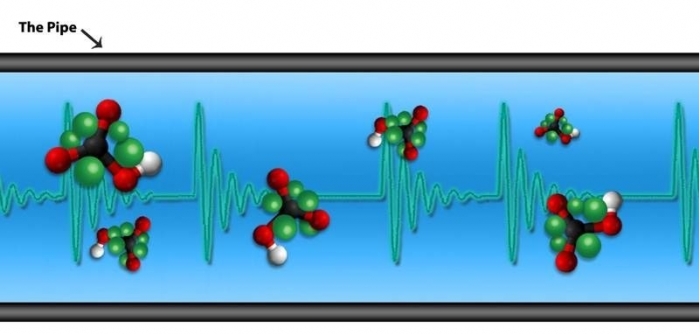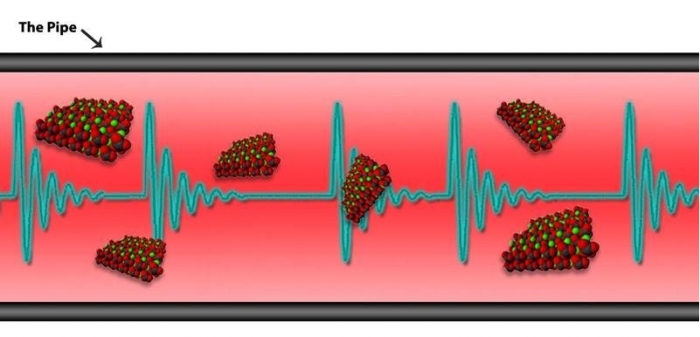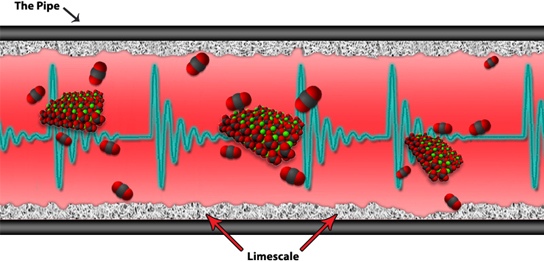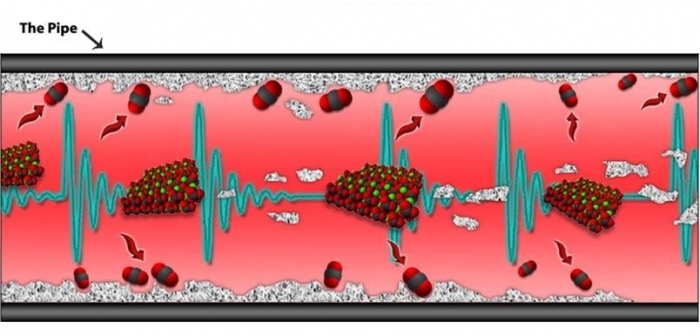For more information – please fill your details and we will contact you shortly
Head Office: +44 (0) 115 986 9966

The unit induces a unique signal into any pipe on which it is installed. These electric waves cause mineral ions to form suspended clusters that turn into stable crystals when temperature or pressure changes occur. The suspended crystals will prevent scale from building-up in pipes and on heating elements, thus increasing heat transfer efficiency, lowering maintenance costs and reducing chemical usage. Common applications include plumbing systems, heat exchangers and water heaters.
Minerals are dissolved in solution as TDS (Total Dissolved Solids).

When temperature or pressure change occurs, minerals precipitate out of solution and accumulate as hard scale in pipes, in holding tanks and on heating elements.

When the Hydropath Marine signal is present, dissolved minerals combine together to form loosely held clusters.

When the clusters precipitate out of solution, they form stable calcite crystals that do not accumulate as hard scale.

Dissolving existing limescale
When the Hydropath Marine signal is present, dissolved minerals combine together to form loosely held clusters.

When the clusters precipitate out of solution, they form stable calcite crystals that do not accumulate as hard scale.

When calcite crystals form, they release carbon dioxide which gradually dissolves existing limescale deposits. Hard water is required in order to dissolve limescale deposits.

For more information – please fill your details and we will contact you shortly
Head Office: +44 (0) 115 986 9966